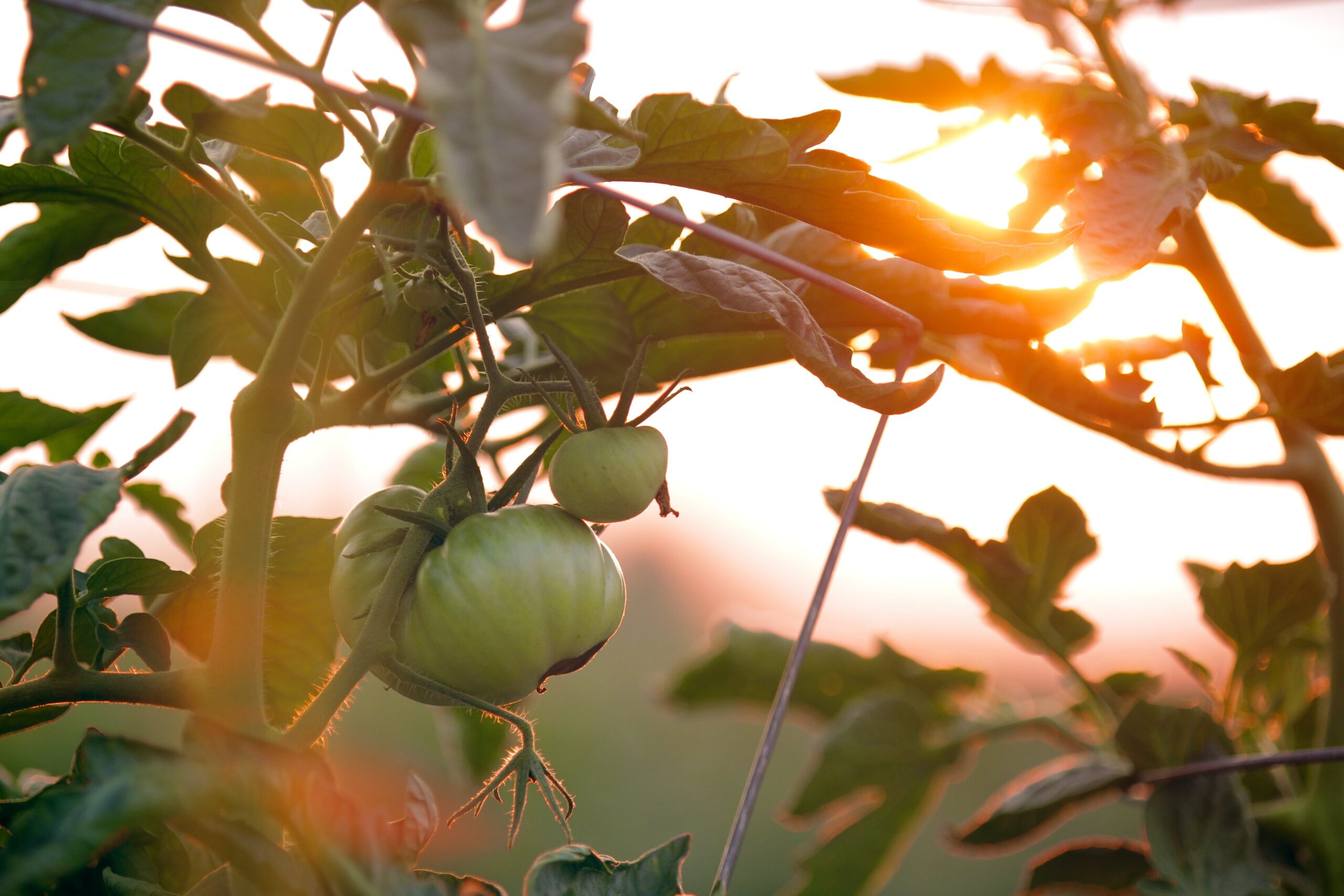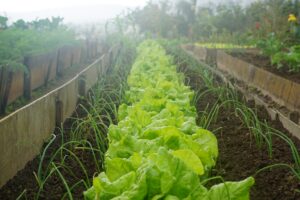Growing Vegetables, our Top Tips!

Growing your own vegetables can be so rewarding. We’ve collated our top tips to share with you.
Choose a Sunny Location
Most veggies do best in full sunlight. Find a location that gets at least 6 hours a day if possible! To provide the most sun exposure to all your plants, place the tallest ones, such as corn or tomatoes on the north or west side of the gardening space so that they don’t shade the smaller plants.
Use Soil rich in Organic Matter
Vegetables like lots of organic matter and compost in their soil. Aim to add enough organic material to the soil so that it is neither sandy nor compacted. When the mix is right, it will bind together when you squeeze it but break apart easily if disturbed. If you are using a garden bed, you can round the soil in the bed, creating a small arc. This expands the planting area.
Water the right amount!
Most vegetables don’t require a massive amount of water so 2-3cm a week is adequate. The best time to water your veggie garden is first thing in the morning. Be sure to check the moisture in the soil before watering – overwatering is worse than underwatering!
Mulch your veggies
Add a 5-8cm layer of organic mulch around your vegetables. This will insulate the soil keeping it cooler in summer and warmer in winter. Mulching helps with water retention, suppressing weeds and diseases, not to mention it looks great. Be careful with your mulch selection, some mulches can contain unacceptable amounts of harmful chemicals.
Pest control
Pests are usually inevitable at some stage of your gardening career. If you must resort to pesticides, please apply responsibly! Never apply pesticides in the morning as this is when other beneficial insects are most active. Generally, it’s best not to use chemicals in a food garden so try to avoid these.
Don’t Fertilise
Instead of fertiliser, use organic matter or compost to feed your soil so it can provide the nutrients your veggies need. Up to 20% of your soil can be made up of compost or organic matter.
Succession Planting
Planting your vegetables in succession allows you to grow more than one crop in a given space throughout the season. That way, many gardeners can harvest three or four different crops from a single area.
Capitalise on Space
No matter the size of your vegetable garden, you can expand it by growing vertically! Grow space-taking vine crops such as tomatoes, beans, melons or squash on trellises, fences or stakes to increase space.
Companion Pairing
Another way to maximise space in your vegetable garden is to look into compatible combinations. A classic example is corn, beans and squash. The corn stalks support the beans while the squash grows on the ground below, making the most of the space!
Other great resources
-
 19, Aug, 2022
19, Aug, 2022How to Grow and Care for Your Indoor Fiddle Leaf Fig
The Fiddle Leaf Fig – or Ficus Lyrata – is a popular... -
 14, Jul, 2022
14, Jul, 2022The top 9 things you need to know about Indoor Plants
Indoor plants are a great way to liven up a... -
 14, Jul, 2022
14, Jul, 2022How to Grow a Vegetable Garden: A Guide for Novice Green Thumbs
In 2014-15 in Australia, just 7% of adults and 5% of children...


